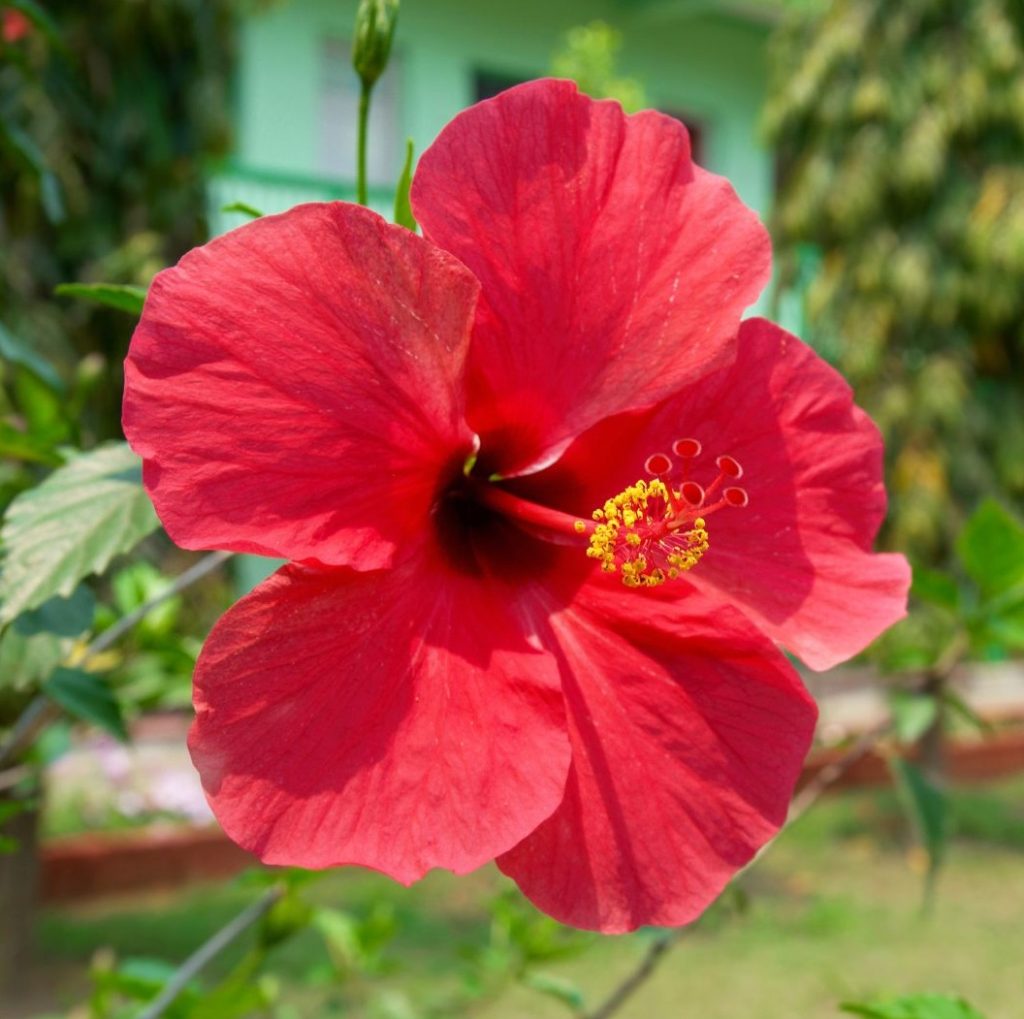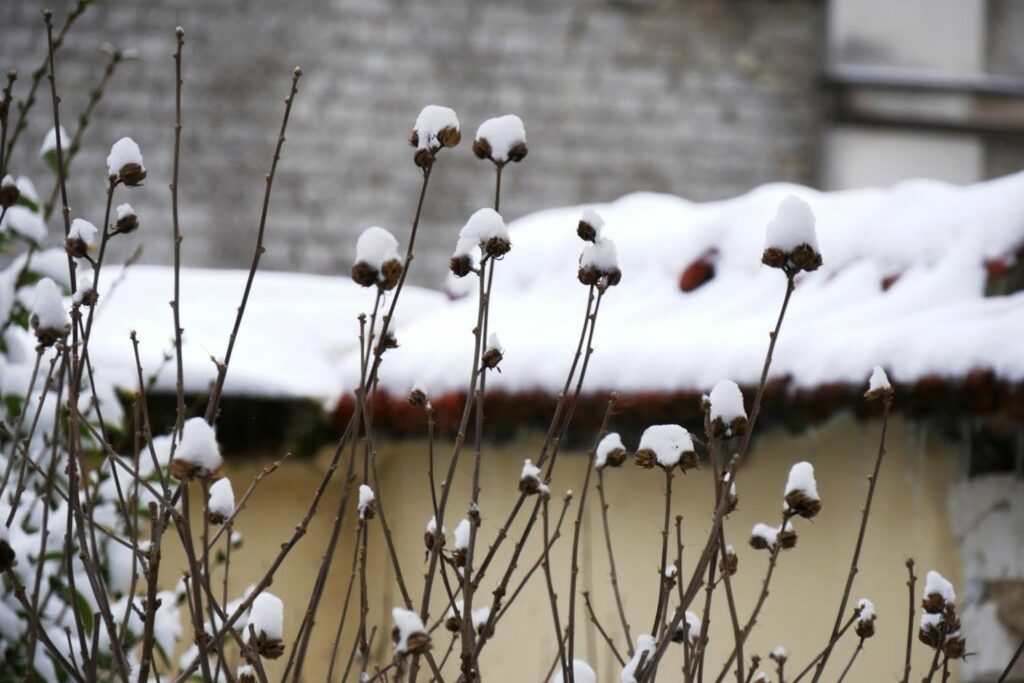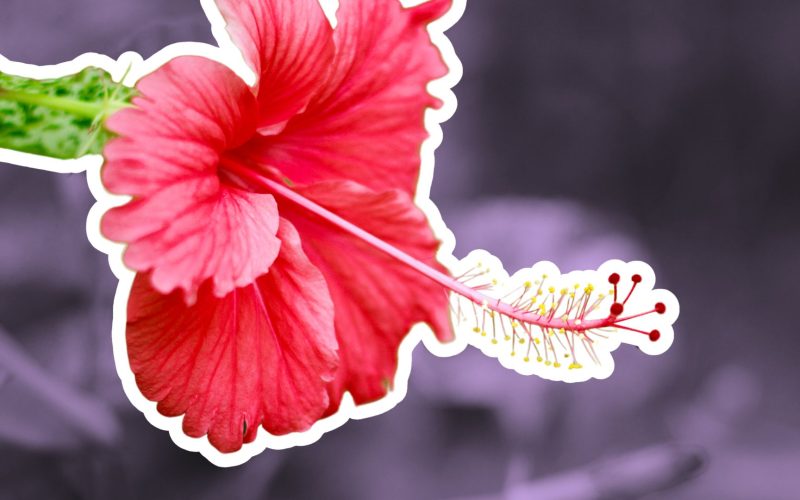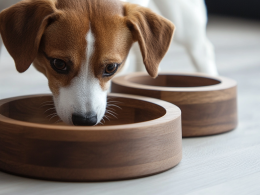Ever dreamed of having a tropical paradise in your backyard?
Well, hibiscus plants can make that happen – if you don’t accidentally turn them into crispy plant chips first!
Don’t worry—we’ve all been there. Caring for these stunning flowers, with their eye-catching blooms, can be a bit dramatic.
But fear not, plant pals!
This guide is here to rescue you from the depths of hibiscus despair.
We’ll walk you through everything from keeping your plant hydrated (without drowning it) to finding that sweet spot of sunlight where it won’t throw a tantrum.
By the time we’re done, you’ll be a hibiscus whisperer, ready to grow these beauties like a pro.
So, let’s dive in and turn your green thumb from “meh” to “marvelous”!
Care Instructions for Hibiscus Rosa-Sinensis

Caring for tropical hibiscus involves several key aspects that, when done right, result in healthy plants with stunning blooms.
Let’s dive into the essential care guidelines to help your hibiscus thrive.
1. Essential Care Guidelines
- Light Requirements: Tropical hibiscus plants thrive in full sun, needing 6-8 hours of direct sunlight daily for the best blooms. In very hot areas, provide some afternoon shade to prevent leaf burn.
- Watering Needs: Keep the soil consistently moist but not waterlogged. In hot weather, water potted plants daily and garden plants every other day. Always use warm water to avoid shocking the roots.
- Temperature and Humidity: These plants prefer temperatures between 60°F and 85°F. Shield them from temperatures below 50°F. They enjoy high humidity (50% or more). If your air is dry, mist the plants or use a humidifier.
2. Soil and Fertilization
- Soil Requirements: Use well-draining, slightly acidic soil with a pH between 6.0 and 7.0. A loamy mix rich in organic matter works best for healthy growth.
- Fertilization: Feed your hibiscus with a balanced fertilizer with more nitrogen and potassium than phosphorus (like a 12-4-8 mix). For potted plants, fertilize weekly during the growing season. Garden plants need feeding every two weeks. Cut back on fertilizer in winter to avoid stressing the roots.
3. Pruning and Maintenance
- Pruning Techniques: Trim your hibiscus in early spring to shape it and encourage bushy growth. Remove any dead or weak branches to promote healthy new growth.
- Maintenance Tips: Look for pests like aphids and spider mites. If you spot any, treat them with insecticidal soap or neem oil. Remove spent flowers to keep the plant blooming.
4. Special Considerations
- Container vs. Garden Planting: Growing hibiscus in containers gives you more control over their environment and makes it easier to protect them in winter. Ensure pots have good drainage and are the right size for your plant.
- Winter Care: If you have potted plants, bring them inside before the first frost. During this rest period, keep them waterless and stop fertilizing. When spring comes, slowly get your plants used to outdoor conditions again.
Special Considerations and Advanced Tips

Caring for tropical hibiscus plants can be rewarding but often requires specialized knowledge.
This section covers important considerations and advanced techniques for getting the most out of your hibiscus plants, whether you’re growing them in containers or your garden.
1. Container Gardening vs. Outdoor Planting
Container gardening offers several advantages for hibiscus plants.
You can move them to find the best sunlight and easily bring them indoors when it gets cold.
When choosing a container, ensure it’s big enough for the roots but not oversized.
For successful container growing:
- Use pots with good drainage holes to prevent water buildup.
- Create a soil mix that drains well but still holds some moisture.
2. Pest and Disease Management
Hibiscus plants can attract certain pests and develop diseases if not properly cared for.
Here’s how to handle common issues:
Common pests include aphids, spider mites, and whiteflies.
You can often control these with insecticidal soap or neem oil, which are safe for plants when used correctly.
To prevent diseases:
- Avoid overwatering, as this can lead to root rot.
- Watch for signs of leaf spot or Hibiscus chlorotic ringspot virus, and take action early if you notice any problems.
3. Propagation Techniques
You can grow new hibiscus plants from stem cuttings. Here’s a quick guide:
- Take 8-inch cuttings from a healthy plant.
- Remove the lower leaves and dip the cut end in the rooting hormone.
- Plant in a moist growing medium and keep humidity high.
The best time for taking cuttings is usually in summer.
Provide warm temperatures and bright, indirect light for best results.
4. Overwintering and Seasonal Care Adjustments
As winter approaches:
- Bring outdoor plants inside before the first frost.
- Trim the plant back and check for pests.
- Slowly reduce light exposure to help the plant adjust.
During winter, water is less and stops fertilizing.
When spring returns, start pruning and refreshing the soil.
Slowly reintroduce the plant to outdoor conditions.
5. Maximizing Blooms and Enhancing Flower Quality
To get the most flowers:
- Adjust your fertilizer routine during the bloom season. Use a fertilizer with more phosphorus to encourage flowering.
- Remove spent flowers regularly to keep new ones coming.
To keep flowers looking their best:
- Protect plants from extreme temperatures and drought stress.
- Use bloom-boosting supplements carefully, following package instructions.
By paying attention to these special considerations and using these advanced tips, you can help your tropical hibiscus plants thrive and produce beautiful, long-lasting blooms.
Seasonal Care and Overwintering

Caring for tropical hibiscus changes with the seasons.
Understanding these shifts in care is key to keeping your plants healthy year-round.
Here’s what you need to know:
1. Key Seasonal Care Practices
Watering needs to change throughout the year:
- Spring and Summer: Water more often as plants grow and bloom.
- Fall: Slowly cut back on watering to prepare plants for rest.
- Winter: Water sparingly, only when the soil feels dry.
Temperature is crucial:
- Keep plants in temperatures between 60°F and 85°F for best growth.
- When nights get cooler than 50°F, bring potted plants inside. For garden plants, use covers to protect from frost.
Light matters too:
- Make sure plants get enough sun during short winter days.
- You might need to use grow lights for indoor plants during winter.
2. Preparing for Overwintering
Pruning before winter:
- Trim plants by about one-third in late fall.
- This helps plants save energy and grow better in spring.
Caring for potted plants indoors:
- Put them in a bright spot, but not in direct sunlight.
- Keep them away from heaters.
- Mist leaves or use a water tray nearby to add moisture to the air.
Stop fertilizing:
- Don’t feed plants in late fall and winter.
- Start feeding again when you see new growth in spring.
3. Long-Term Maintenance and Monitoring
Keep an eye out for problems:
- Check often for pests like spider mites and aphids.
- If you find any, use safe treatments like insecticidal soap.
Expect some changes:
- It’s normal for plants to lose some leaves when you bring them inside.
- Try to keep conditions steady to reduce stress on the plant.
Getting ready for spring:
- Start slowly moving plants outside when the weather warms up.
- Give them a little more time outside each day to help them adjust.
By following these seasonal care tips, you can help your tropical hibiscus stay healthy through the winter and be ready to thrive when warm weather returns.
Common Challenges and Solutions

Even with the best care, hibiscus plants can face some common issues.
Here’s how to spot these problems and what you can do to fix them:
1. Yellowing Leaves
If your hibiscus leaves are turning yellow, it could be due to:
- Too much or too little water
- Not enough nutrients
To solve this:
- Check your watering: Let the top inch of soil dry out between waterings.
- Use a balanced plant food to ensure your hibiscus gets all the nutrients it needs.
- Keep your plant away from cold drafts and sudden temperature changes.
2. Bud Drop
Flower buds falling off before they open are often caused by stress. This can happen if:
- Watering is inconsistent
- Temperature changes a lot
- The plant doesn’t get enough light
To fix this:
- Water your plant regularly, not too much or too little.
- Keep it in a spot where the temperature stays steady.
- Ensure it gets plenty of sunlight, at least 6-8 hours daily.
- If the air is dry, mist your plant or use a humidifier nearby.
3. Pests
Common pests like aphids, spider mites, and whiteflies can bother hibiscus plants. To deal with them:
- Use insecticidal soap or neem oil to get rid of pests safely.
- Check your plants often for signs of bugs.
- Keep the air moving around your plants and maintain proper humidity to prevent pest problems.
4. Fungal Diseases
Root rot and leaf spots are common fungal issues. They’re usually caused by:
- Too much water
- Poor drainage
- Dirty soil
To prevent and treat these:
- Don’t overwater your plants, and make sure pots have drainage holes.
- Use clean, well-draining potting mix.
- If you see signs of disease, use a fungicide and remove any affected plant parts.
5. Lack of Blooming
If your hibiscus isn’t flowering, it might be because:
- It’s not getting enough light
- It was pruned at the wrong time
- It’s not getting the right nutrients
To encourage blooming:
- Put your plant in a spot where it gets full sun most of the day.
- Prune at the right time to encourage new growth that will produce flowers.
- Use a plant food high in potassium when it’s flowering season.
6. Leaf Drop
Leaves falling off can be caused by:
- Changes in the plant’s environment
- Too much water
- Not enough food
To stop leaf drop:
- Keep your care routine consistent, avoiding big changes in temperature or watering.
- Make sure you’re feeding your plant regularly with the right plant food.
Knowing these common problems and how to solve them can keep your hibiscus healthy and blooming beautifully.
Final Words
Here’s the scoop on hibiscus success! Armed with these tips, you’ll be ready to create your slice of the tropics.
Your hibiscus isn’t just a plant; it’s a flowery friend that needs your care, but the payoff is worth it!
Keep it in the sun, water it right (not too much!), and watch out for tiny visitors who see your plant as a snack bar.
Having trouble? Don’t fret! Even expert gardeners have their off days.
Think of it as your hibiscus keeping things interesting.
Want to give it a try? Once you see those beautiful flowers, you’ll be sold.
You might even catch yourself chatting with your plants (it’s our little secret).
So why wait? Get started and let your hibiscus-growing skills bloom!











